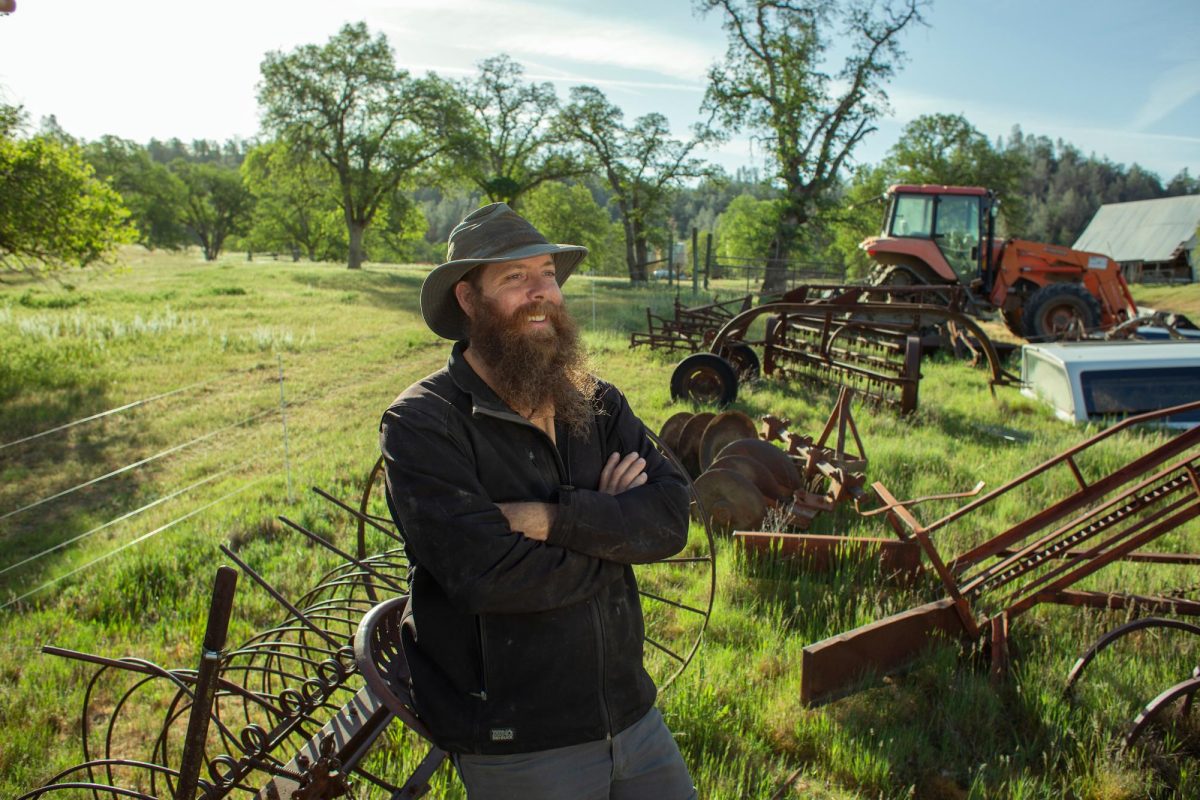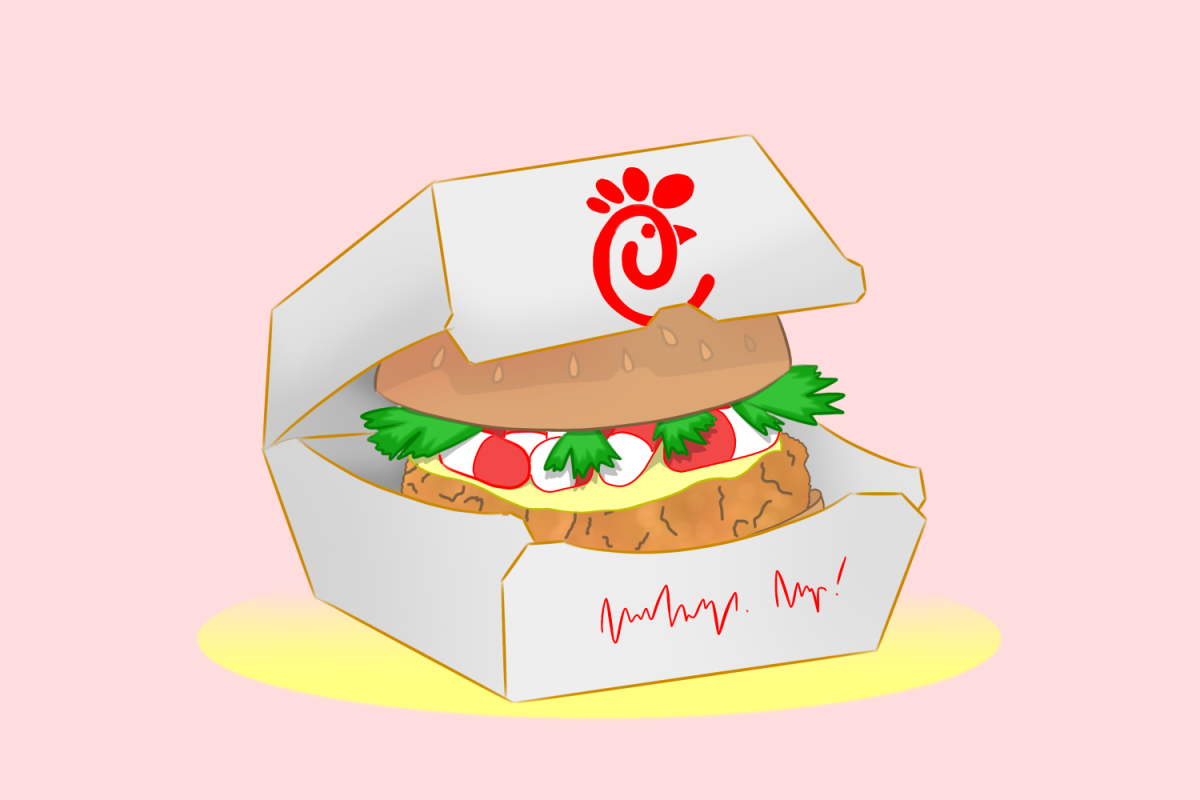Chick-fil-A has recently announced its decision to begin serving chicken treated with antibiotics, ruffling more than a few feathers.
The popular fast food chain had previously pledged in February of 2014 to serve “No Antibiotics Ever” (NAE) chicken, but with the chain’s recent announcement, Chick-fil-A now seems to be chickening out of that promise with its planned spring transition to “No Antibiotics Important for Human Medicine” (NAIHM).
But Chick-fil-A isn’t alone. Other brands such as Tyson, Panera, Subway, and McDonald’s have also fallen back on antibiotics in their supplies. Over the past 30 years, antibiotics have gained massive popularity due to their cost-effectiveness compared to other methods, alongside their downsides in both animals and humans.
Before 2017, it was common to give farm animals low levels of widespread antibiotics to promote growth and health, according to Dr. Gail Hansen, a Humane Society Veterinary Medical Association representative. However, concerns about the impact on human health led California to ban the routine use of human-important antibiotics in 2015.

“If you can keep the animals healthy and less stressed, the upfront cost might be higher, but the long-term gains are greater. Antibiotics are used to mask that these creatures are stressed, packed, and put to their biological limit,” Hansen said.
Unfortunately, labels like NAIHM and Organic have loopholes for producers. According to Hansen, the organic label requires that no antibiotics are given to pregnant or young animals… except poultry.
“Another issue is that there’s very little enforcement. In the U.S., we raise a billion chickens a year. The USDA only hand-inspects about ten thousand chickens a year. And even if you’re caught, you’ll only receive a strongly-worded letter threatening to remove your ‘Organic’ label,” Dr. Hansen said.
The USDA has taken some steps to address the issue, such as increasing the budget for the National Organic Program in recent years. However, critics argue that changes are needed to ensure better enforcement and increased transparency in the industry.
“Customer transparency is a bit of a mix. Some things are meaningful, but it can be a slippery slope,” said Lena Brook, a Natural Resources Defense Council member.
Third-party labels like USDA Organic and NAE Certified can give customers assurance, she points out, but there’s also been some recent evidence that brands have been cheating with labels such as USDA’s Raised Without Antibiotics.*
In 2020 alone, the USDA’s National Organic Program received 390 complaints, 63 percent of which were about uncertified organic claims. The USDA has only caught up recently with the Strengthening Organic Enforcement Act, which aims to tackle these false certifications.
“Without effective labels, we just have to take the word of the producers. So it’s important for customers to keep asking questions,” Brook said.
Alternatives to antibiotics range from vaccines to broad-spectrum immune modulators. Still, the recurring fix throughout history has been improved living conditions—noted by studies to improve animal productivity and health, according to studies as far back as 1992.
“There are alternatives to antibiotics — it generally comes down to vaccines, for chickens. But the main alternative is to give the animals the life they ought to be living. Nutrition, light, fresh air — better conditions means better animals,” Brook said.
One of the many farmers implementing these changes is Tyler Dawley.
Dawley is a 3rd generation rancher of the Big Bluff Ranch, having worked the family farm since 2000 under NAE and regenerative farming standards.

“Farmers shouldn’t seek pharmaceutical solutions first —that’s just patching over the symptoms — instead, they should find and fix the root causes. Animals are not born to be sick — they’re born to be healthy. If they’re given a good environment to be raised in, they’re unlikely to become chronically sick,” Dawley said.
However, as an organic rancher, Dawley’s farm also suffers the downsides of the label: No antibiotics ever, no matter what.
“We’ve chosen to be certified organic — we don’t use antibiotics, ever. But while passively giving antibiotics is terrible, I think it’s also equally too extreme to say that animals aren’t organic anymore if you’ve taken care of a sick animal with antibiotics,” Dawley said.
While many brands have recently fallen behind on anti-antibiotic pledges, Dawley believes that antibiotic-free livestock will eventually happen — even if the world needs to wait until antibiotic resistance causes antibiotics to fail completely.
Take care of the soil, and the soil will take care of the animals. The animals, in turn, will take care of us. That’s where the future is.
— Tyler Dawley
In the meantime, the Dawley farm employs the same strategy it’s been using for what’s soon to be four generations of ranchers: Regenerative farming. By letting the natural world grow as fast as a farmer’s animals eat it, the method strives to create a far more sustainable farm than conventional methods.
“The sustainable movement was supposed to uphold the original promise of ‘organic’ to raise food in a non-extractive process, but the current practices are kind of neutral, at best. So regenerative agriculture is, not quite the new, but the growing style of farming,” Dawley said.
So, while antibiotics may remain a cheap one-size-fits-all solution for producers, re-embracing Mother Nature may become the new method of the future.
* This article was amended on Apr 22 in order to fix a misleading statement about Lena Brook’s comments on improper antibiotic labeling












